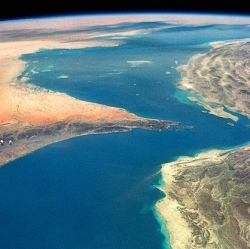
Key orbits frequented by GPS and communications satellites are becoming more and more hazardous, as man-made debris presents an increasingly palpable danger to the valuable assets orbiting at heights of around 2,000 km (1,243 miles) above the Earth.
That’ s why the European Space Agency (ESA) is hosting an international workshop geared towards cleaning up low-Earth orbit, with a focus on how to make the space industry more sustainable. The sheer number of orbital debris present in low-Earth orbit is proliferating at an alarming rate. As a race, we have only had the capability to launch objects into orbit since 1957, and yet already there are already 12,000 pieces of debris larger than 10 cm (3.9 inches) cluttering up low-Earth orbit, and this number reaches into the millions for smaller un-trackable detritus.
The risk, even from very small pieces of debris, is not to be underestimated or dismissed simply because of the sheer scale of low-Earth orbit. Collisions, whilst very rare do happen. In 2009, a collision between the American Iridium 33 and the Russian-made Kosmos-2251 created a vast cloud of potentially devastating space junk. It was a piece of debris from this collision that forced the International Space Station to take a precautionary evasive maneuver back in November 2014, firing the thrusters of the docked Automated Transfer Vehicle (the Georges Lemaître) in order to avert a potentially catastrophic situation.
The seriousness of the debris problem has led space agencies such as ESA to invent ever-more innovative solutions for clearing low-Earth orbit. The agency has come up with a number of conceptual solutions, including missions to harpoon and net debris, with the objective of de-orbiting the junk in a safe and controlled manner.
